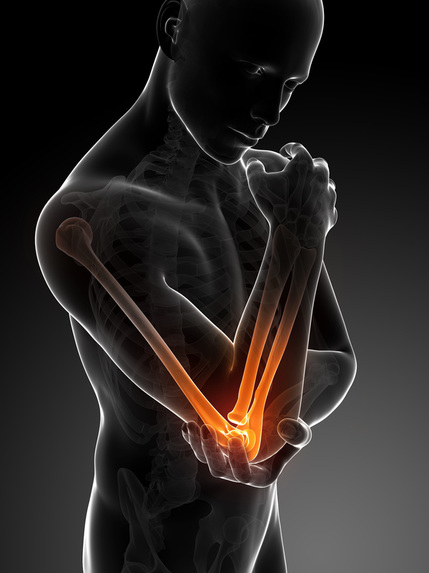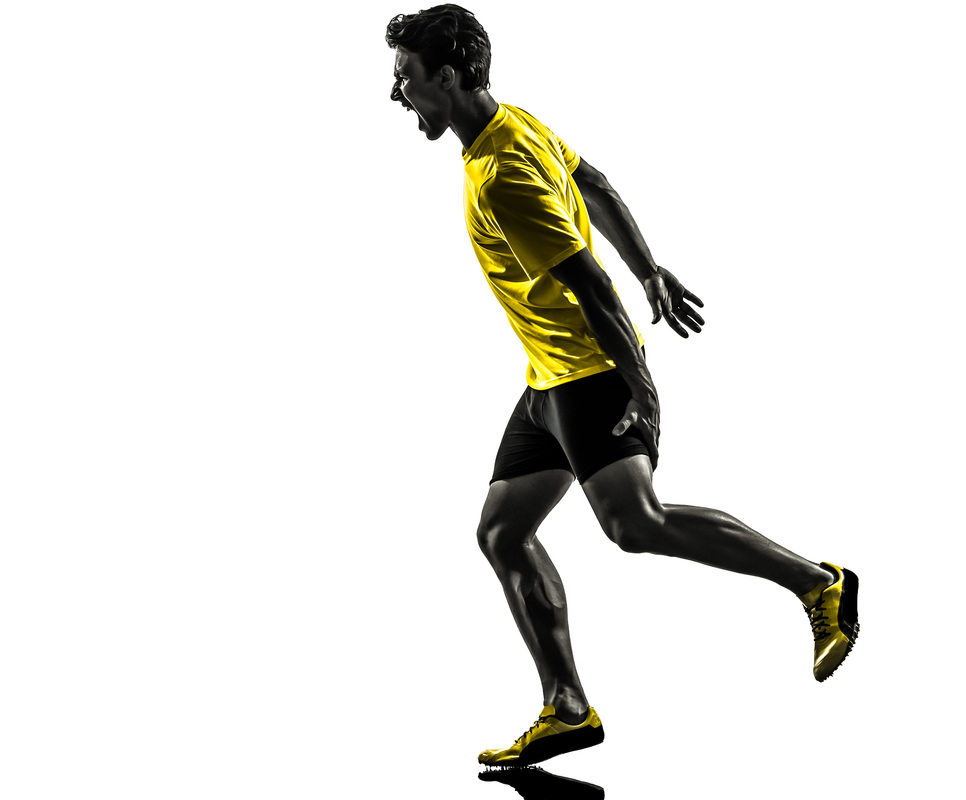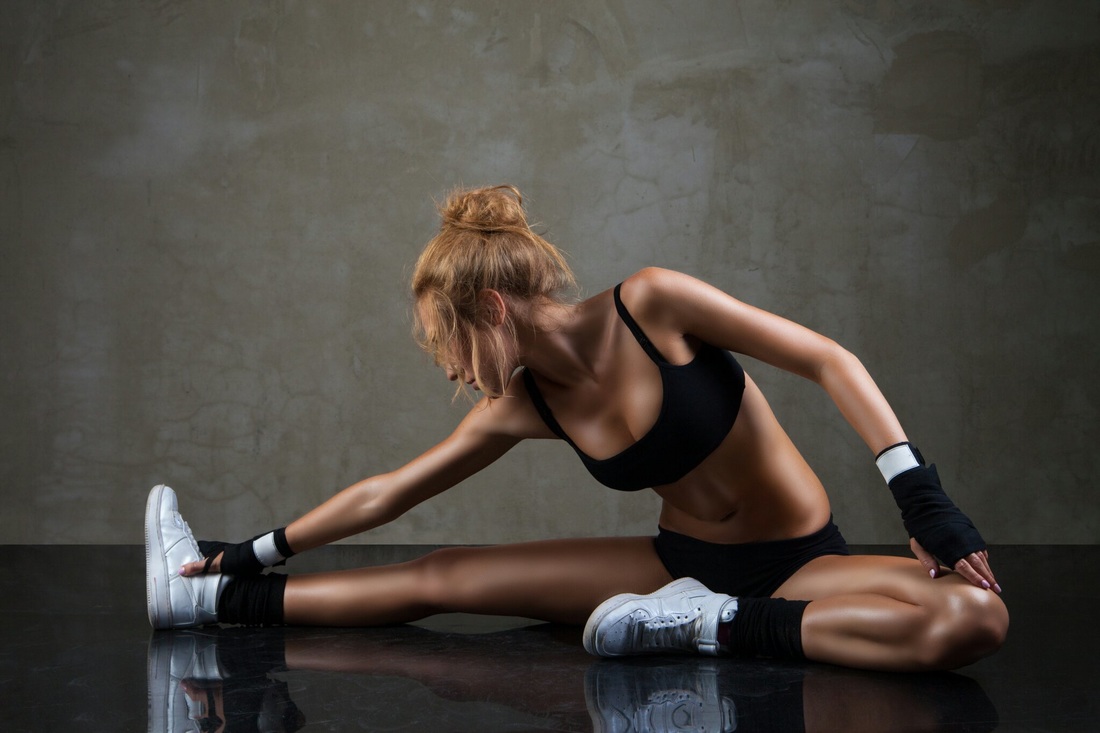Lateral Epicondylitis is often more commonly referred to as ‘Tennis Elbow’. It occurs when there is inflammation of the tendons in the forearm located on the outer side of the elbow.
There are a few causes of tennis elbow, but regularly over-usage is a major contributory factor. It occurs when the muscles and tendons in the forearm are strained due to repetitive or strenuous activity. Banging or knocking the elbow can also cause it; but I believe that in regards to badminton, poor technique is potentially the main reason that it occurs, be it your hitting technique, holding the grip too tightly or often because of the grip being too thin.
Symptoms
The most common symptom is pain and tenderness. Symptoms may not occur instantly and may develop gradually over time so it may be difficult to attribute the injury to a specific time or event. The discomfort and pain can vary from mild to severe and can cause problems gripping, holding and shaking things.
Diagnosis
A doctor can usually diagnose tennis elbow by asking questions about your symptoms and by examining your arm. You will typically experience pain when the doctor examines the outer part of your elbow. The doctor may ask you to maneuver your wrist in a particular way, which will usually initiate your pain/discomfort. Diagnosis is usually pretty simple; however if after a period of time your pain does not subside, your doctor may refer you to a specialist for an X-ray or an MRI scan.
Treatment
There are a few causes of tennis elbow, but regularly over-usage is a major contributory factor. It occurs when the muscles and tendons in the forearm are strained due to repetitive or strenuous activity. Banging or knocking the elbow can also cause it; but I believe that in regards to badminton, poor technique is potentially the main reason that it occurs, be it your hitting technique, holding the grip too tightly or often because of the grip being too thin.
Symptoms
The most common symptom is pain and tenderness. Symptoms may not occur instantly and may develop gradually over time so it may be difficult to attribute the injury to a specific time or event. The discomfort and pain can vary from mild to severe and can cause problems gripping, holding and shaking things.
Diagnosis
A doctor can usually diagnose tennis elbow by asking questions about your symptoms and by examining your arm. You will typically experience pain when the doctor examines the outer part of your elbow. The doctor may ask you to maneuver your wrist in a particular way, which will usually initiate your pain/discomfort. Diagnosis is usually pretty simple; however if after a period of time your pain does not subside, your doctor may refer you to a specialist for an X-ray or an MRI scan.
Treatment
- Apply ice or cold therapy to the elbow for 20 minutes up to 6 times a day; this will reduce the discomfort and inflammation.
- REST – This is probably the most important facet of the healing process
- Some find it beneficial to wear a brace or support to protect the tendons whilst healing and strengthening, particularly when returning to playing. The brace should not be put on the painful area but rather approximately 10cm down the forearm.
- When returning to playing try increasing the size of your grip, which usually stops you from holding the grip too tightly and causing tension in the forearm.
- Take Paracetamol (painkillers) or ibuprofen (anti-inflammatory) tablets to help with the pain and swelling. Caution must be taken when taking tablets as they can cause side effects, so they should only be used short term.
- Perform range of movement exercises to reduce stiffness and increase flexibility.
- Have physiotherapy to strengthen and stretch the muscles.
- Steroid injections can temporarily ease some of the swelling and pain around the joint
- Other therapies such as shock wave therapy and acupuncture may help to relieve the pain and help to promote movement.





 RSS Feed
RSS Feed